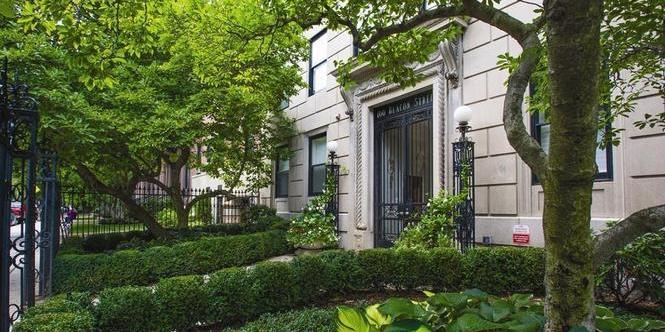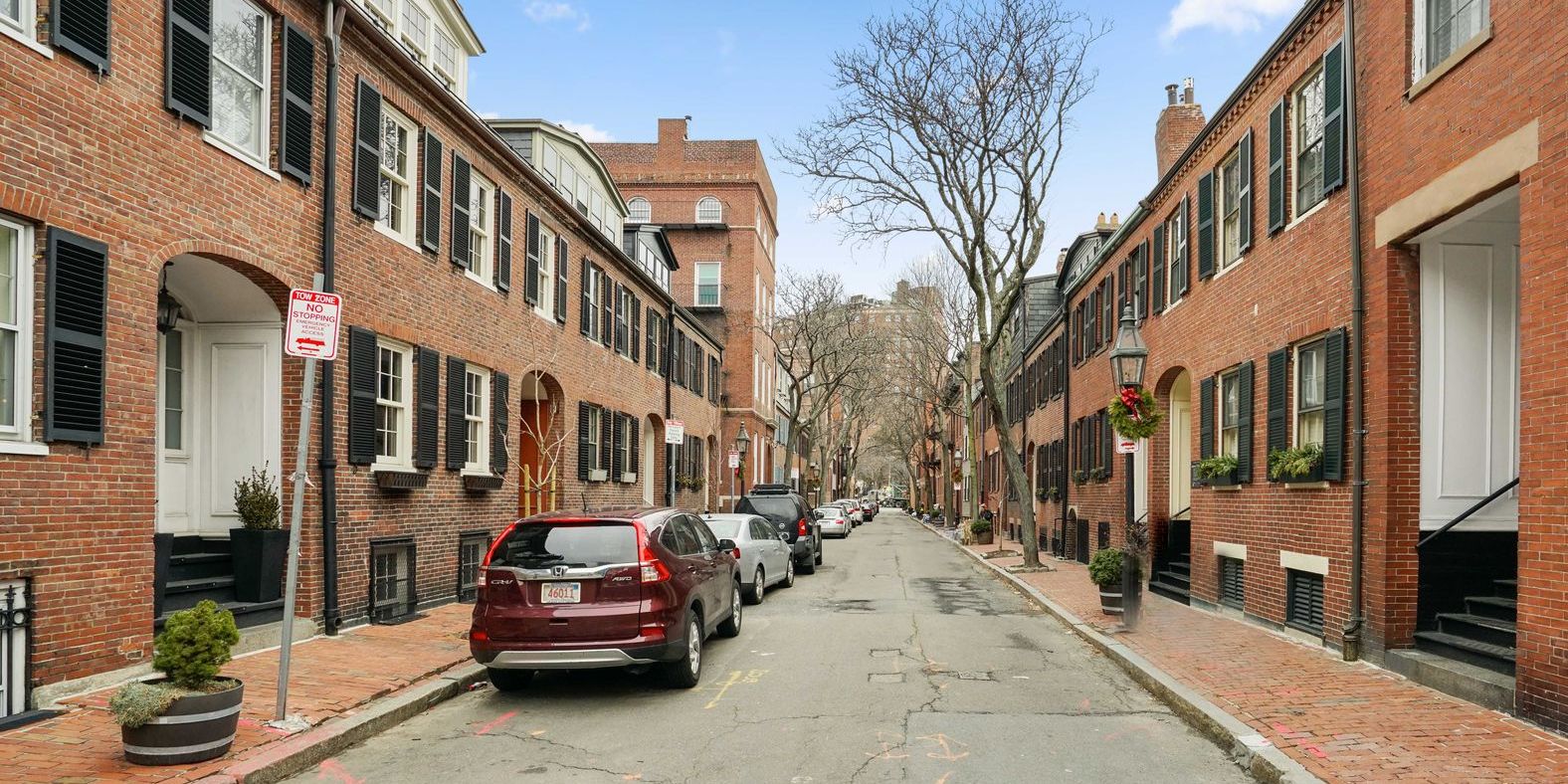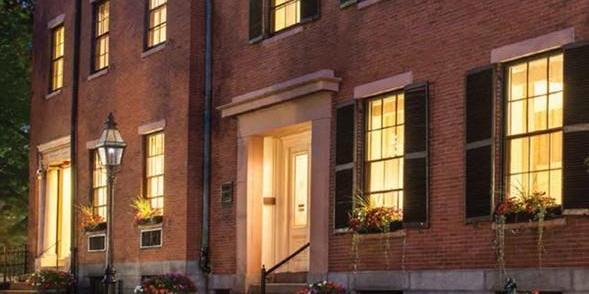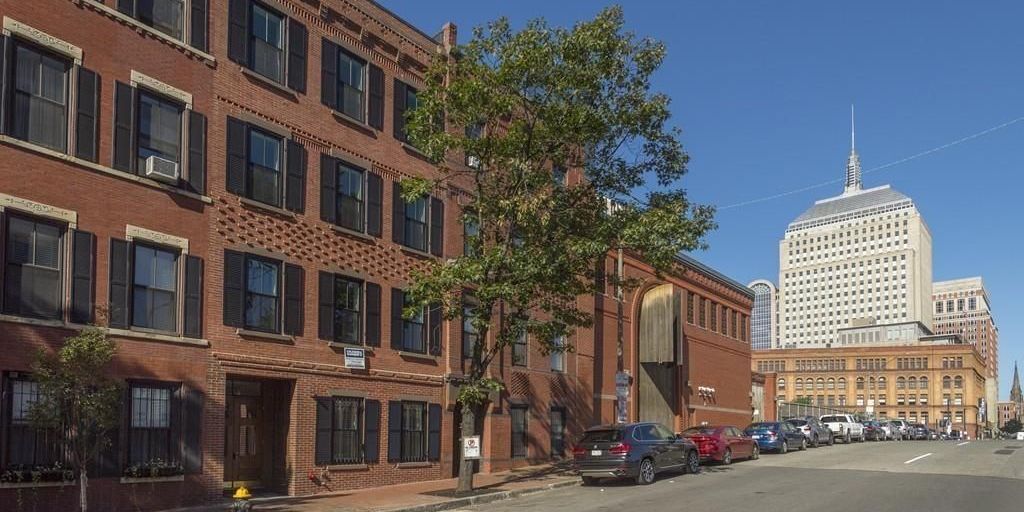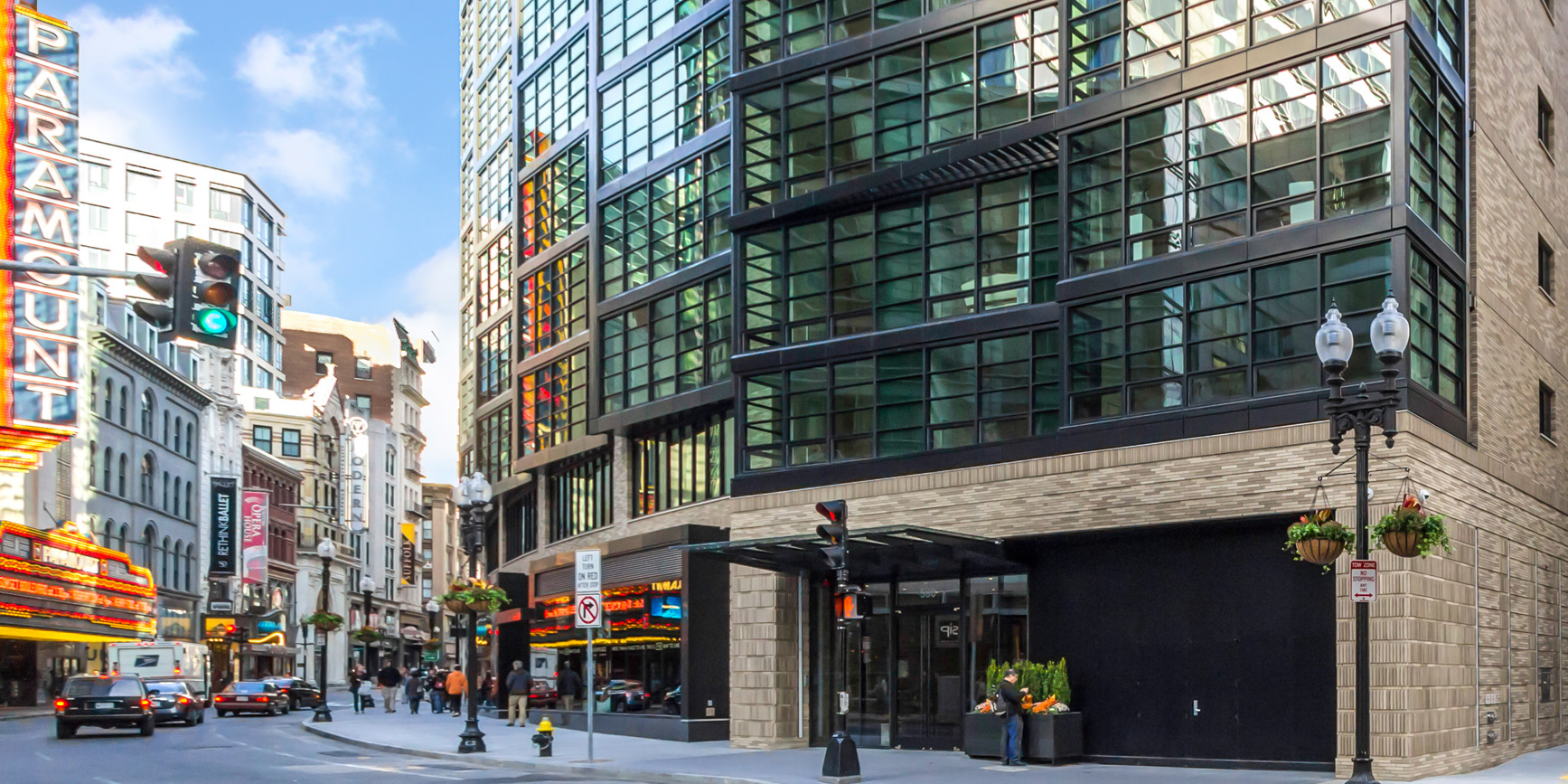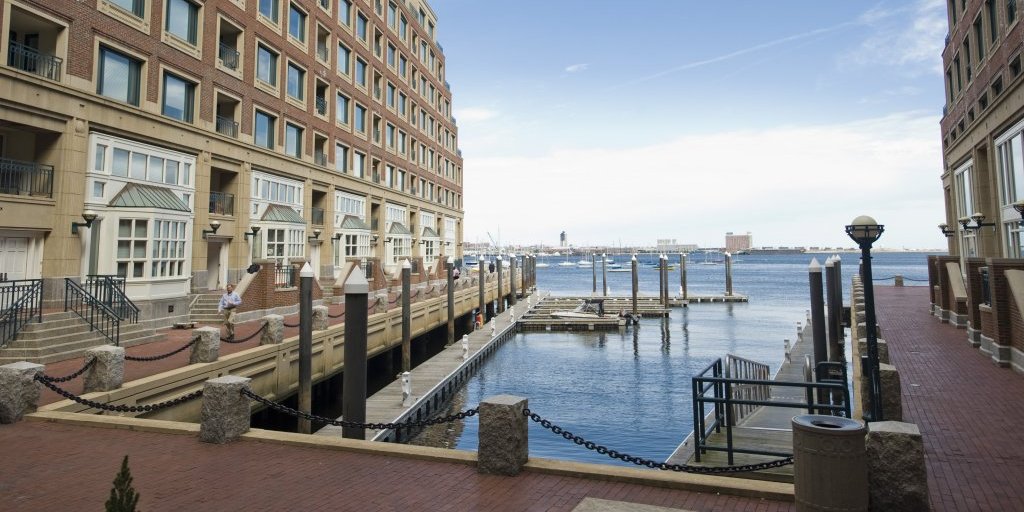Display layers
Airplane noise
Flood zones
Zoning districts

Boston was established in 1630 at the edge of the Shawmut Peninsula, and the historic neighborhoods which were developed on this peninsula have become the heart of "Boston Proper."
The North End might be considered the oldest neighborhood of Boston, established 1630, but with the exception of the buildings around North Square, very little survives from the 1600s or 1700s. Ditto for Downtown Crossing and the West End, which was an affluent and elegant neighborhood before it was demolished by urban renewal. Even though Beacon Hill did not begin to be developed until the 1790s, it is today perhaps the most uniformly intact historic neighborhood in Boston.
